Affiliate disclosure: This post may contain affiliate links. Please see our Privacy Policy.
Hatching chicken eggs at home can be a fun (and educational) way to start a new flock or expand your existing one. Hatching eggs using an incubator is the easiest method, but you can also use a broody hen if you happen to have one in your coop.
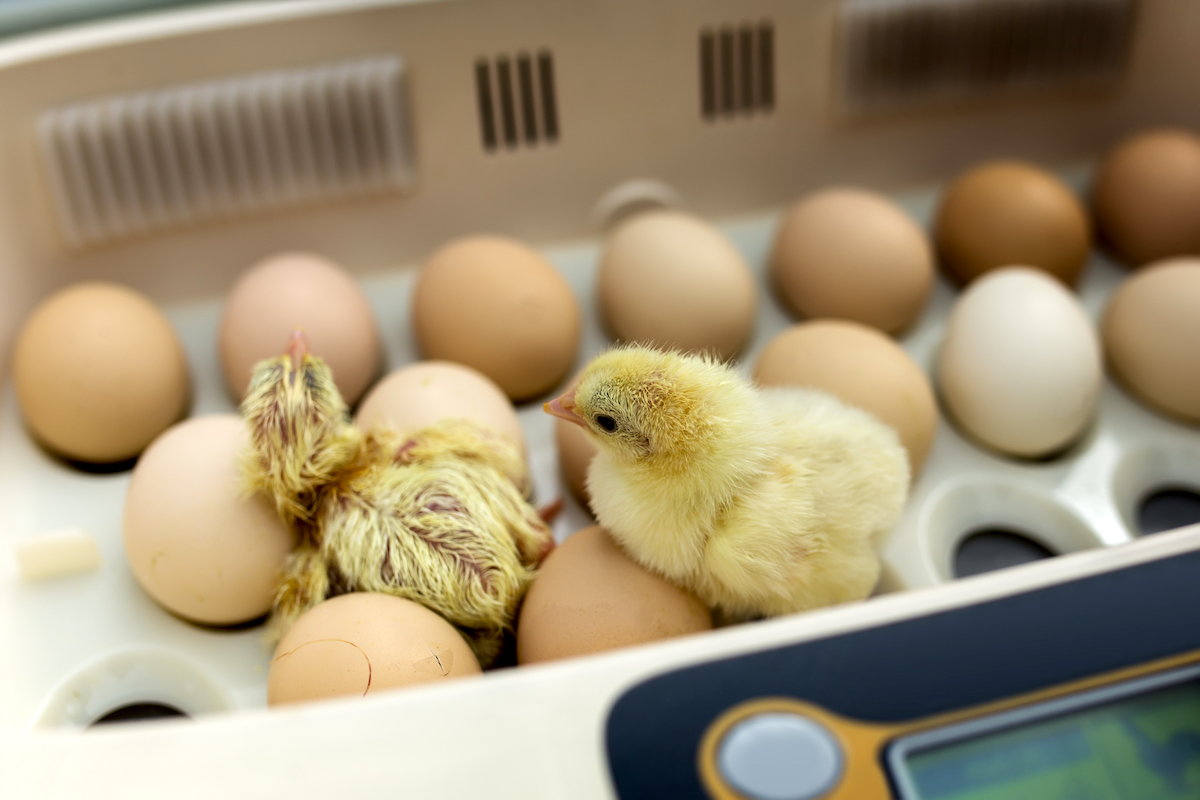
Hatching chicken eggs at home is one of the best ways to start your flock, especially if you’re hoping to raise unique or heritage breeds.
There are many commercial hatcheries that will send you day-old chicks, but the selection is often limited to the most common popular varieties. It’s hard to find the truly unique, heritage poultry breeds that are becoming increasingly popular with backyard homesteaders.
The same is true when it comes to starting plants from seed. Sure, nurseries carry plant starts, but you’ll have to start plants from seed if you want less common (and often more flavorful) heirloom varieties.
If you have chickens already, it is sometimes possible to use a broody hen. Many modern chicken varieties don’t “go broody,” and the hens will not raise their own chicks. Some heirloom chicken breeds still make good mothers, but an incubator is much more dependable (and doesn’t get distracted or flustered like a hen might).
Still, I’ll cover both methods, including hatching eggs in an incubator and hatching eggs with a broody hen.
(If you’re looking for a quick answer, chicken eggs take a total of 21 days to hatch at 99.5 degrees F or 37.5 degrees C. For the first 18 days, they’re turned 3-5 times daily and kept at 40 to 50% humidity. For the last three days, they’re not turned at all, and humidity is increased to 65 to 75%.)
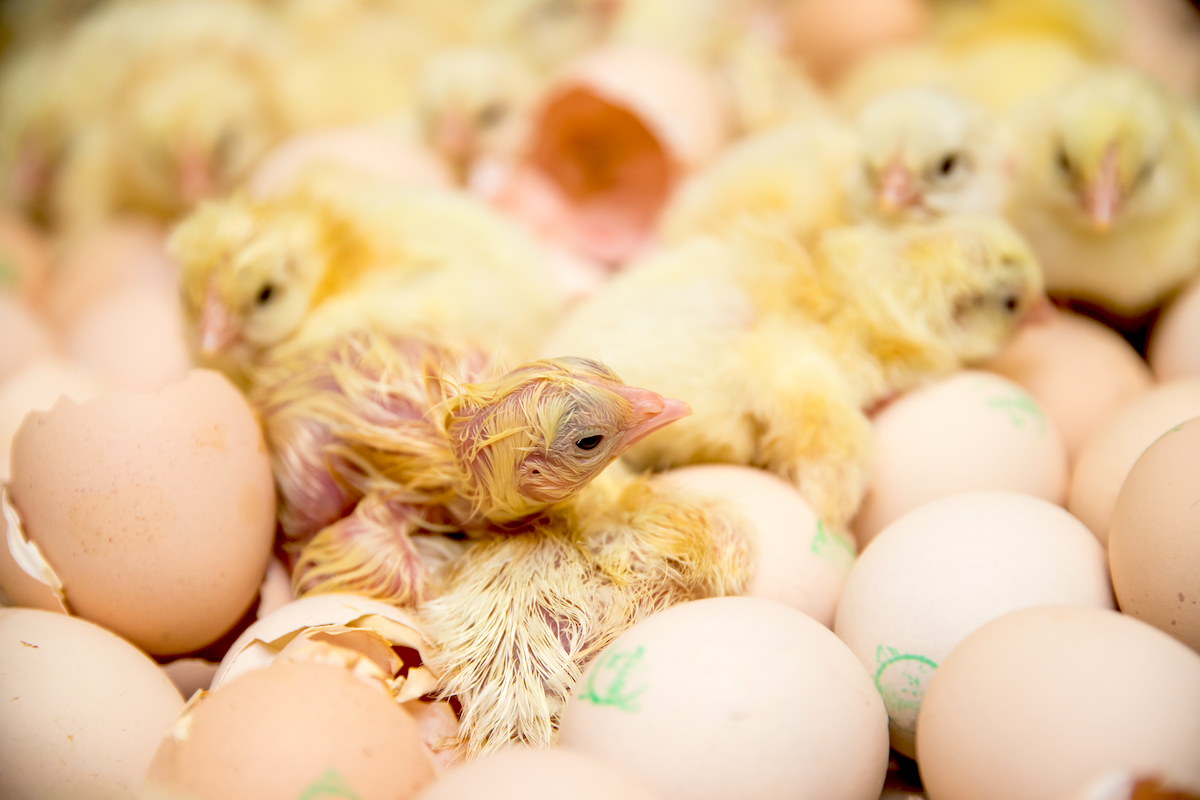
Do You Need an Incubator to Hatch Chicken Eggs?
Generally, if you want to hatch chicken eggs at home, you’re going to need an incubator, especially if you don’t already have chickens. If you do have chickens, you can use a broody hen, and I’ll cover that process as well. It’s less dependable, and these days many modern chicken breeds have been selectively bred so that they don’t “go broody,” and you need a broody hen to hatch eggs in the coop.
(A hen will not incubate eggs unless she’s broody, which is a hormonal state that warms their body temperature temporarily. You cannot just use any chicken in the coop; they just won’t do it.)
Even if you have a broody hen, its success rate is never nearly as high as an incubator. Many of the eggs just won’t hatch, and sometimes hens give up halfway through…which will spoil your eggs.
Using a broody hen will work to maintain your existing flock if you happen to have a chicken breed with good mothering capabilities, but I don’t recommend it if you’re buying hatching eggs from somewhere else. They don’t come cheap, and if you’re investing in buying fertile hatching eggs, I’d strongly suggest also investing in an incubator.
Best Incubator for Hatching Chicken Eggs
There are three main types of incubators for hatching eggs. They include manual, mostly automatic, and fully automatic.
Manual Incubators
While generally less expensive, manual incubators take a lot more work and attention than automated models. A manual incubator uses a thermostat and humidity regulator to keep the eggs within a set temperature and humidity range. You’ll need to adjust the temperature and humidity during the incubation period, as the eggs need more humidity as they get closer to hatching.
You’ll also need to manually turn the eggs at least 3 to 5 times per day, for the first 18 days of incubation, and then they’re left alone for the last three days.
Good options include these two incubators for small or medium-scale home use:
While they’re less expensive than automatic incubators, there is also a lot of room for human error. You will be opening it 3 to 5 times a day to carefully turn the eggs, and if you forget (or it’s too cold when you open it), the eggs just won’t hatch. The 2 and 3-star reviews on these models mostly reflect failure due to human error tending the labor-intensive manual incubators.
Small-scale manual incubators are most often used by classrooms in educational settings, where regularly turning and handling the eggs is part of the experience, and you don’t necessarily need a 100% success rate because the chicks are just a byproduct of the educational experience.
Mostly Automated Incubators
Once you’ve placed the eggs inside, an automated incubator generally does all the work for you. Mostly automated models only turn the eggs and maintain temperature, and you still have to manually adjust the humidity by adding water to a reservoir. Automatic models that maintain the temp and turn the eggs are only slightly more expensive than manual models, and I’d highly recommend paying a few more dollars for a much higher success rate.
This type of incubator with some automation is the best option for most people, and this is what I’d recommend for home use.
Good options include:
- Automatic 7 Egg Incubator with Automatic Egg Turning and Temperature Control (manual humidity)
- Automatic 24 Egg Incubator with Automatic Egg Turning and Temperature Control (manual humidity)
- Automatic 56 Egg Incubator with Automatic Egg Turning and Temperature Control (manual humidity)
Fully Automated Incubators
These include not only temperature regulation and egg turning, but also humidity control. In most cases, you should be able to maintain humidity without issue by just using the water reservoir in a mostly automated incubator.
Exceptions include extreme climates, like very dry deserts or tropical locations where the ambient humidity is really high or low. Or, if you’re trying to hatch waterfowl that need a very humid environment (such as duck eggs). For chicken eggs, mostly automated incubators (above) are your best bet, and the best value for your money.
Models with humidity control are about twice as expensive as the mostly automated models, but they do provide a lot of peace of mind and a very high success rate.
If you’re less concerned with cost, and just want a fully automated “set it and forget it” option, these are your best choices:
- Fully Automatic 24 Egg Incubator with Automatic Egg Turning, Temperature Control, and Humidity Control
- Fully Automatic 56 Egg Incubator with Automatic Egg Turning, Temperature Control, and Humidity Control
Beyond manual or automated, the other main consideration is capacity. Generally, chicken egg incubators for home use will hold somewhere between 6 and 56 eggs, so you’ll have to scale the incubator to your needs.
Most also have inserts that allow you to hatch eggs of different sizes, including quail, duck, turkey, and goose eggs. Be aware that other types of eggs have different incubation times, temperatures, humidity, and turning needs. Every type of poultry is a bit different, and you should do your research on the specific type you intend to raise.
The two main brands of incubators for home use include Brinsea and Manna Pro. Both are excellent, and will get the job done, but Brinsea is better known and has more options available for both manual and automatic across a wide range of egg capacities.
How to Get Fertile Chicken Eggs
If you’re starting out with chicken for the first time, you’ll need to source fertile hatching eggs. Some commercial hatcheries will mail you hatching eggs, but most often, they’re the same generic varieties available as day-old chicks, and they’re about the same price.
Your better source of hatching eggs is small-scale breeders and other homesteaders that are raising unique or hard-to-find varieties in their flocks, and breeding for egg color and temperament. Believe it or not, Etsy is actually a great source for hatching eggs, and most of the eggs available there are much less expensive than from most commercial sources. They’re all done small-scale, but they’re still generally well-reviewed, and they offer far more unique breeds than other places.
If you have a backyard chicken flock with a rooster, chances are you already have fertile chicken eggs. Be sure your rooster is “active,” as some of the more docile breeds (like silkies) don’t get the job done sometimes. For fertile hatching eggs, you should have one vigorous, active rooster for every 6 to 8 hens.
Select freshly laid eggs that have not been washed or refrigerated, and store them at room temperature for up to a week until you have enough to put into the incubator (or place them directly into the incubator the day they’re laid, if you have enough).
If you have a neighbor or friend that raises chickens and has a rooster, that’s another good option.
Storing Eggs Before Hatching
If you’re not hatching the eggs straight from the coop the day they’re laid, they can be stored for a short period of time, usually up to about 10 to 12 days, in ideal conditions.
Hatching eggs must be unwashed and stored at a cool room temperature, around 50 to 60 degrees F (10 to 15 C), and around 60 to 75% humidity. A cool back closet on the north side of the house, a mud room, or a basement usually works well.
This mimics the cool, humid conditions in the nest as the mother hen is laying her full clutch. Hens only lay one egg a day, and they don’t start incubating them until they have a nest full of eggs so that they all hatch at the same time (just as they do from an incubator).
Store them pointy side down, as this helps keep the yolk from sticking to the shell, which can prevent hatching.
Collect the eggs promptly after they’re laid to keep them from being cracked or damaged, and don’t wash them. Eggs have a natural bloom on the outside, and if they’re washed they won’t hatch.
Allow the eggs to come up to room temperature before placing them into the incubator, as taking a 50 to 60-degree egg and placing it right into a 99.5-degree incubator can damage it.
What is the Hatching Rate of Fertile Chicken Eggs?
Generally, you can assume a hatching rate of 75 to 90%, depending on the breed and how the eggs have been handled before incubation. Be aware that hatching eggs at home usually means a 50/50 split between hens and roosters, so have a plan for your surplus roosters ahead of time.
How to Hatch Chicken Eggs at Home
Incubating chicken eggs is all about controlling temperature and humidity, as well as turning the eggs regularly so that the embryos develop evenly.
The temperature needs to be 99.5 degrees F (37.5 C), and even a degree higher or lower for a few hours could be enough to kill the embryo inside. Most modern incubators have a thermostat inside that maintains temperature perfectly, so as long as you’re using an incubator this is less of a concern. Just be sure to keep the lid closes as much as possible.
The humidity is 40 to 50% humidity for the first 18 days of incubation, and then it needs to go up to 65 to 75% in the final few days before hatching. This extra humidity helps keep the chicks hydrated and the shell pliable, as the egg will slowly dry out during the incubation process. In nature, the chickens would dampen their feathers, but in an incubator, you can just add water to the humidity reservoir.
As discussed above, some incubators automatically maintain humidity, and others require you to manually monitor it (though they do display the humidity on the lid, so you can see if it needs adjustment). Here in Vermont, the ambient humidity in late winter and early spring is usually right around 50 percent, so the only time we need to adjust is increasing humidity in the final days before hatching.
Ventilation is important, as the eggs are porous, and the developing chick needs oxygen to thrive. Most incubators include a small fan for ventilation, so that’s already taken care of.
Finally, the eggs need to be turned regularly to help the embryo develop evenly and to prevent any part inside from sticking to the inside of the shell. A mother hen would constantly fuss over her eggs, turning them throughout the day with her feet. In an incubator, they each need to be turned 3 to 5 every day. An incubator with an automated egg turner is a good solution, and I recommend spending a little bit extra for that feature. Alternatively, you can turn them by hand, but be sure you don’t forget.
If you’re turning the eggs by hand, mark an “X” on one side, and an “O” on the other side, so that you can keep track of your turns. Turn the eggs at least three times per day, preferably more. The eggs should be turned an odd number of times per day (3,5, 7, etc.) so that they never rest on the same side two nights in a row.
The eggs should be turned an odd number of times per day each day for the first 18 days of incubation and then left alone after that until they hatch.
How Long Does it Take for Chicks to Hatch?
Chicken eggs generally take about 21 days to hatch, starting on the first day they’re in the incubator. Do not count the days the eggs are stored before incubation.
(You can store eggs in a cool (but not refrigerated) place for up to 10 to 12 days before incubation if you need to, but it’s best to get them into the incubator as soon as possible after they’re laid.)
The eggs are turned 3 to 5 times per day for the first 18 days, and then they’re left alone for the last three days.
The temperature is always maintained at 99.5 degrees F, but the humidity is increased for the last few days of incubation. Humidity should be 40 to 50% for the first 18 days, and then increased to 65 to 75% for the last 3 days.
How Long Does it Take a Chick to Hatch?
After 21 days in the incubator, the chicks should hatch from the eggs. Try not to help the chicks hatch, as they develop muscles during the hard work of hatching from their eggs.
The egg will start to wiggle around a bit as the chicken inside works to open the egg. Eventually, they’ll peck a small hole in the egg and begin to breathe with their lungs. After pecking that initial hole, they may rest for 6 to 12 hours while their lungs adjust…so don’t worry if they’re not making further progress.
It’s very easy to hurt the chicks if you help them out of the eggs, even if you’re gentle. Resist the urge to help incubated eggs hatch.
How Long Can a Chick Live in an Incubator?
Once the chicks are fully hatched, they should stay in the incubator for at least 12 to 24 hours to dry and allow their feathers to fluff out. The chicks absorb the last of the nutrients from the yolk sack right before hatching, so they don’t actually need food or water until they’re 48 hours old.
That’s one reason day-old chicks can be shipped from hatcheries overnight without food or water.
While they should stay in the incubator for 12 to 24 hours, they definitely need to be removed by 48 hours after hatching. At this point, they should be placed in a brooder and offered water and chick starter food.
How to Care for Newly Hatched Chicks
The chicks are removed from the incubator sometime between 12 and 48 hours after hatching. At that point, they’re treated like any other day-old chicks.
They need a heat lamp, dry bedding, food, and water to thrive, the same as any other baby chicks. Here’s where you can read about raising chicks into adult chickens and then, beyond that stage, how to keep chickens once they’re adults in the coop.
How to Incubate Chicken Eggs without an Incubator
It is possible to hatch eggs without an incubator but to do that; you’re basically constructing something that mimics a commercial incubator. To do that, you’ll need an insulated chamber and a small heater on a thermostat that can maintain 99.5 degrees F.
Most people use an old styrofoam cooler, but other insulated boxes will work too. Be sure you have adequate ventilation, and that you monitor humidity too.
It’s a lot harder to make this work, and in most cases, if you try to build your own incubator you’ll end up spending just as much money on all the parts (thermostat, heater, humidity monitor, etc.).
While I’m all about DIY, this one just doesn’t make economic sense. If you want to avoid buying an incubator, a broody hen is a much better option.
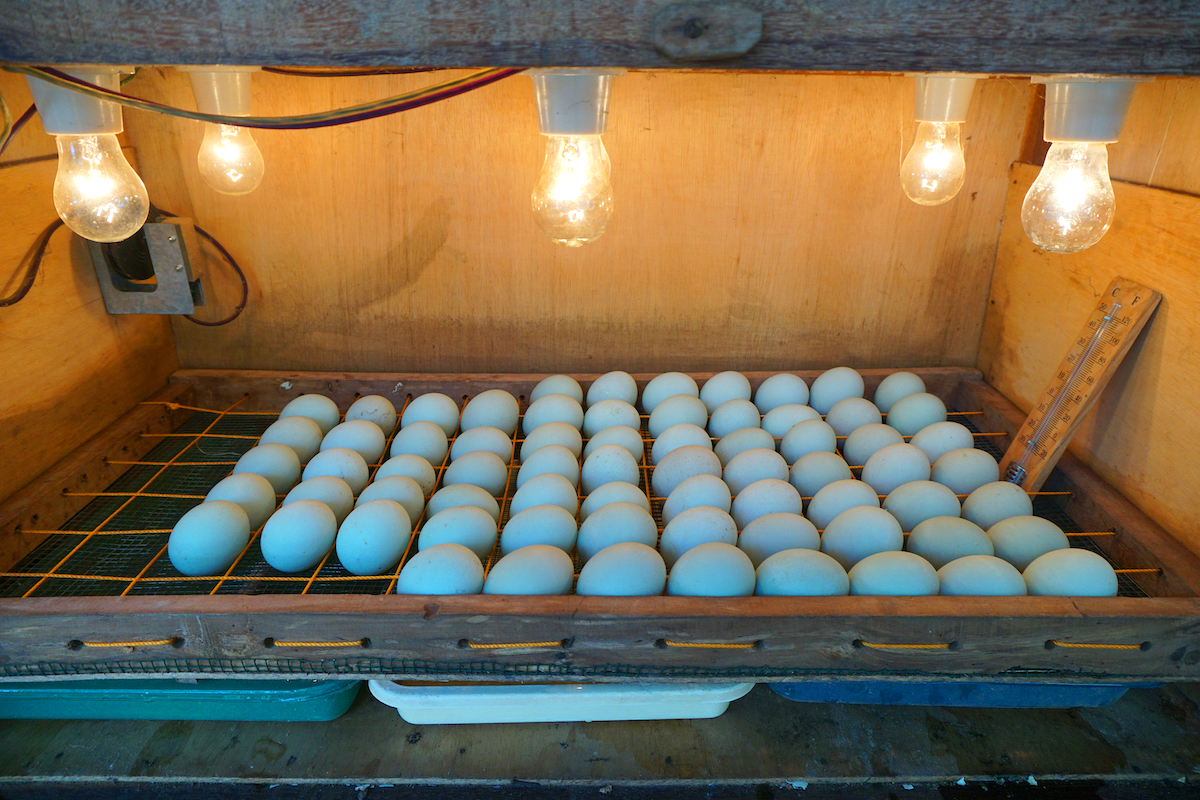
Hatching Eggs with a Broody Hen
The last option, of course, is to let a broody hen hatch the eggs. The trick here is that the hen must both be broody, and have good mothering instincts.
Most people assume that a chicken can sit on and hatch eggs any day of the year, but that’s just not true. A chicken may lay most the year, but she’s only capable of raising chicks when she goes broody. That’s a hormonal state where her body temperature rises to help incubate the eggs, and her nesting instinct goes into overdrive.
If given eggs, most broody hens will fuss over them, build a nest and then continuously wiggle and shift their body to turn the eggs throughout the day.
To encourage a broody hen, give her a clean, quiet, safe place to build a nest. Make sure she has access to food and water nearby, as she will still occasionally leave the nest to eat, drink, and poop.
Provided she’s not disturbed, she should be able to take it from there if she has a strong mothering instinct.
Best Broody Chicken Breeds for Hatching Eggs
Most modern poultry breeds have been selectively bred so that they don’t go broody, but there are still a few heirloom breeds that make great mothers.
The best broody chicken breeds include:
- Orpingtons
- Sussex
- Cochins
- Bielefelder
- Dorking
- Brahma
- Marans
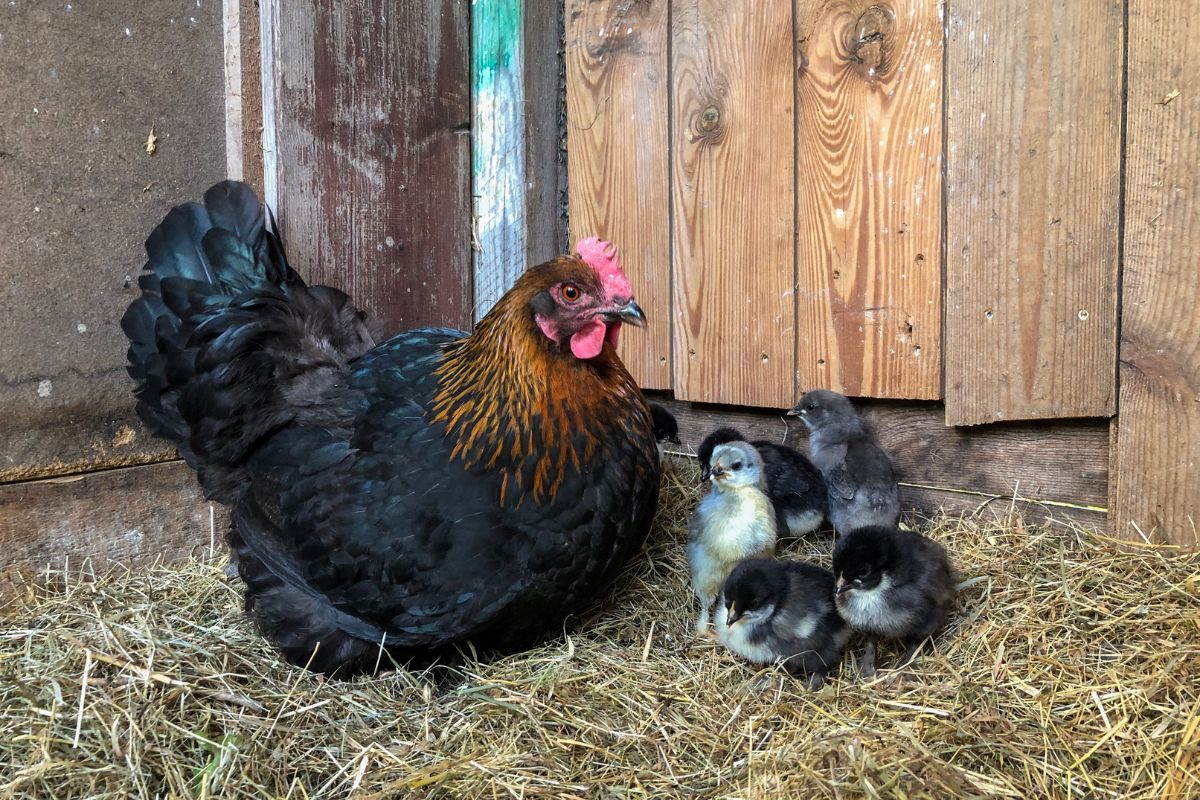
How Many Eggs Can a Chicken Hatch?
The total amount of eggs a chicken can hatch will depend on the breed, their size, and their mothering skills. A large-bodied breed with good mothering skills can dependably hatch about 10 to 12 eggs in a clutch. Beyond 10 eggs, the hatch rate will decline, but it is possible for them to hatch 14 to 16 eggs on occasion.
A bantam breed can hatch about ten bantam-sized eggs, as the eggs are much smaller, but it’s not a great idea to give full-sized eggs to a bantam-sized chicken as they’re a bit too big to manage and turn.
Chicken Egg Hatching FAQ
Hopefully at this point I’ve covered everything you need to know about hatching chicken eggs in an incubator and with a broody hen.
Here are a few more egg incubating FAQ’s to cover the last bits. If I’ve missed something, please let me know below in the comments.
What is the Temperature for Hatching Chicken Eggs?
Chicken eggs are incubated at 99.5 degrees F (37.5 C). The acceptable range in a modern incubator with a fan is 99 to 100 degrees, but not hotter or cooler.
If your incubator doesn’t have a fan, generally it’s set to 100 to 101 degrees F. That’s because still air isn’t quite as good at keeping the eggs warm as with convection from air movement.
Pretty much all modern incubator models include a fan, since ventilation is important, but some homebuilt models don’t have one.
What is the Humidity for Hatching Chicken Eggs?
Chicken eggs are stored at 65 to 75% humidity before incubation, and they can be kept this way for up to ten days.
Once incubation starts, they need to be at 40 to 50% humidity for the first 18 days, and then around 65 to 75% in the final three days before hatching.
How Long does it take to Incubate Chicken Eggs?
Chicken eggs are incubated for 21 days, but once an egg starts to hatch it can take up to 24 hours for the chick to fully emerge.
How Much Does a Chicken Egg Incubator Cost?
There is a huge cost range when it comes to chicken egg incubators.
The lowest-cost manual egg incubators, for just a few eggs, like this Manual 10-egg incubator cost around $120 to $140. They usually only hold around 6 to 8 eggs, and you need to turn the eggs yourself 3 to 5 times per day.
For another $20 to $40, you can get an incubator that automatically turns the eggs, and that’s well worth the investment. They range between $140 for the smallest models, like this Automatic 7 Egg Incubator, all the way up to around $450 for the high-capacity models, like this Automatic 56 Egg Incubator.
All automatic egg incubators that turn the eggs and automatically control humidity, and everything else cost considerably more. Expect to pay $240 to $600 for these “set-it-and-forget-it” models that do everything for you once you load the eggs. A good example of those is this Fully Automatic 24 Egg Incubator or this large capacity Fully Automatic 56 Egg Incubator.
Can you Hatch Chicken Eggs without Electricity?
Historically, eggs were hatched with broody hens, and farmers were selected for hens with good mothering abilities. Early incubators used kerosine heaters and candles to warm the eggs, but they require near constant tending and supervision.
A few years ago, I did see a few kerosine and candle-warmed incubators for eggs, but I just checked, and they’re no longer for sale. (They were at Lehmans, which has quite a selection of non-electric homestead supplies, so you can check their site to see if they have them in stock someday in the future.)
What Percentage of Chicken Eggs Hatch?
The hatch rate depends on how the eggs are stored before incubation, and to some extent, the chicken breed. Some breeds are prone to genetic problems that can lower the egg hatch rate.
In general, the hatch rate of chicken eggs is about 75 to 90% under ideal conditions.
Can You Hatch Eggs from the Supermarket?
No, supermarket eggs will not hatch. There are several reasons for this.
First, most supermarket eggs are not fertile, meaning that they came from hens raised without roosters present.
Second, they’re washed. Washing the eggs removes their natural protective bloom from the outside. Once eggs are washed, they can’t be hatched.
Third, supermarket eggs are refrigerated. While you can store eggs for about ten days in a cool environment before hatching, it’s best to keep them at about 50 to 60 degrees. Refrigerators are too cold, and it kills the embryo inside the egg. Eggs that have been refrigerated, especially for more than a day or two, won’t hatch.
Chicken Keeping Guides
Looking for more chicken-keeping guides?
- How to Raise Baby Chicks into Adult Hens
- Beginner’s Guide to Raising Chickens
- 12 Best Egg Laying Chicken Breeds for Beginners
- How Much Does it Cost to Keep Chickens?
- Beginner’s Guide to Chicken Egg Colors
- What’s the Difference Between a Duck Egg and a Chicken Egg?
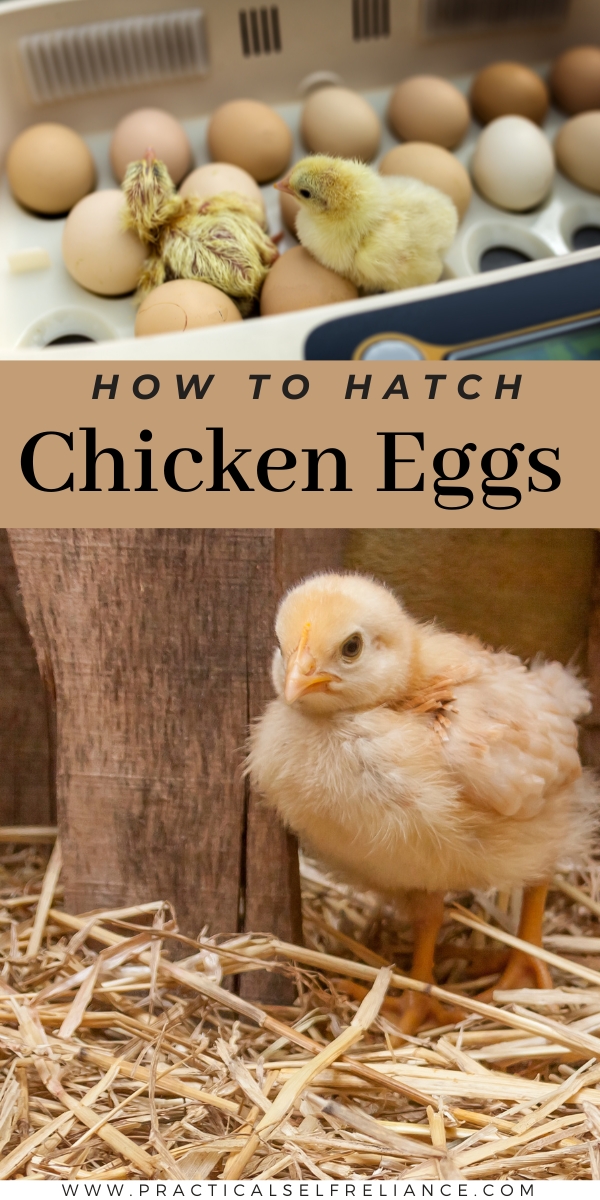
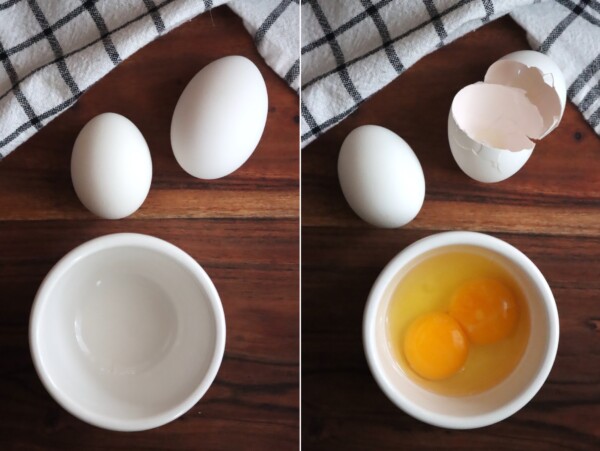
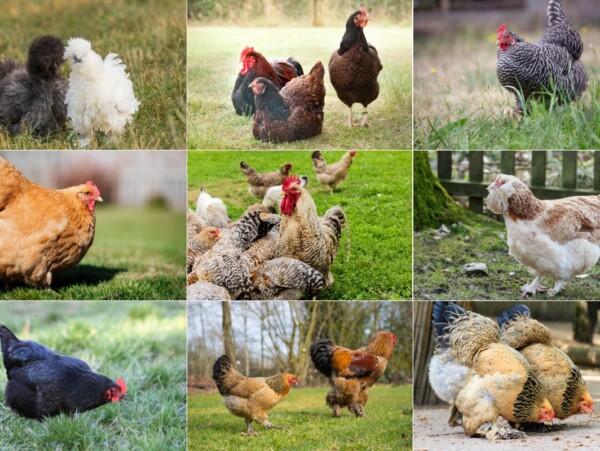
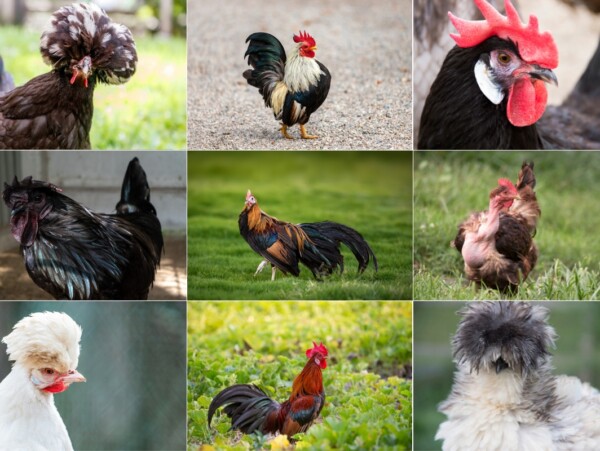
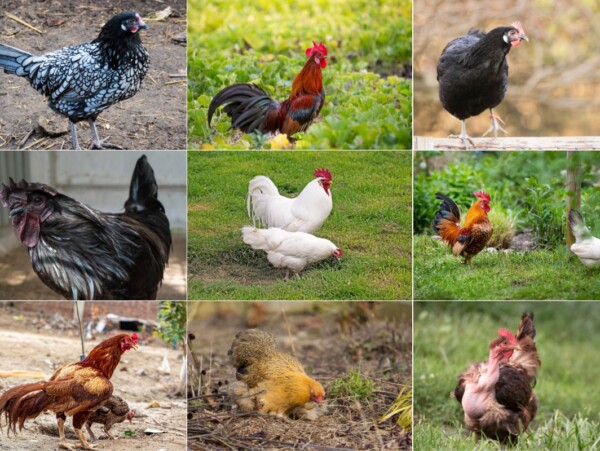
You are wrong about washing the eggs. All commercial hatched eggs are washed and rinsed with disinfectant. Been doing it for years. Greater hatch rate and stronger, healthier chicks.
Wow, that’s news to me. Thank you for letting me know, you learn something new everyday!